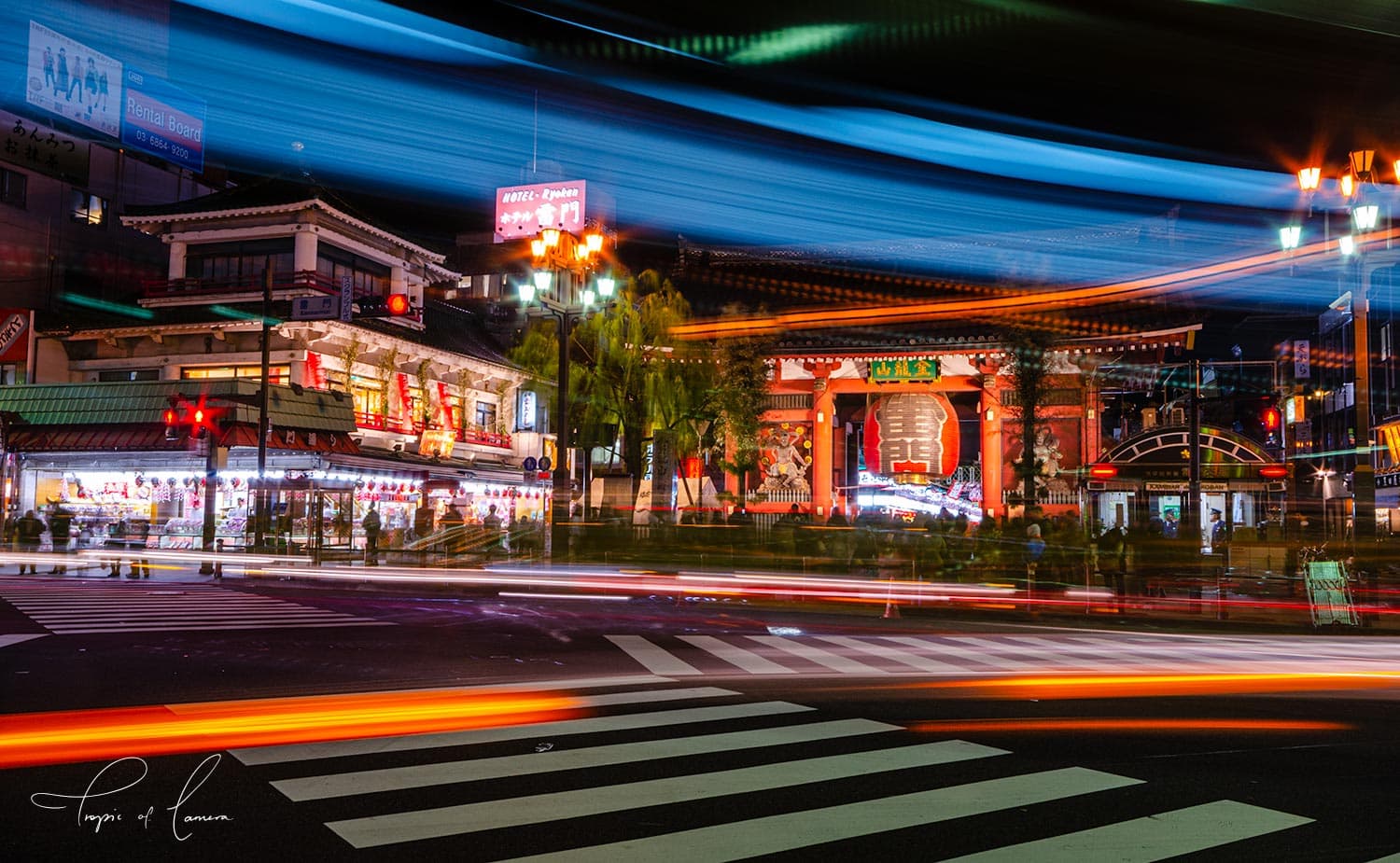Tokyo is one of the most expensive cities in the world to visit. But for me, it’s also one of the must see destinations of the world, where peaceful park spaces intersect with one of the most technologically advanced buildings. Thankfully, it’s easy to experience Tokyo without spending money except on food and transport. It’s a great city to wander and watch the individual styles of the local people.
Day 1: Harajuku
The hippest suburb in Tokyo is also one of the most peaceful. Harajuku is divided into two sides by the train line. On one side is the Meiji Jingu Shrine, where you can wander through a tall forest made of over 100,000 different trees. It seems a world away from the bustle of Tokyo downtown. The shrine is free to visit and wander the park.



On the other is the heart of Harajuku style, made famous in the west by musicians like Gwen Stefani and Lady Gaga. Pick up a gingham miniskirt, punk jacket or for the more adventurous, a Gothic Lolita outfit. There are plenty of great places to eat here like the cool Green Smoothie stand. Or pick up a cream filled crepe for the less healthy. A crepe or smoothie will cost around $5. Make sure you wander the back streets, as some of the most interesting shops can be found off the main drag. Be warned, the crowds can be thick on weekends.


Harajuku is also a great place to spot cosplayers, people who dress up as anime and video game characters on Sundays. Just be sure to ask before taking a photo. From Harajuku go south to Shibuya and make like Scarlett Johanssen in Lost in Translation while crossing the enormous road with a clear umbrella.
How to get there
Catch the JR Yamanote line to Harajuku station. Meiji Jingu Shrine is across the bridge to the right of the train exit. Cross the street and follow the crowds to get to the Harajuku Shops.
Day 2: Asakusa
Asakusa is one of the most historical districts of Tokyo, with plenty of old buildings wedged between modern restaurants and apartments. The Kaminarimon (Thunder Gate) is one of the most iconic Japanese landmarks. Wander through the covered streets and pick up a sushi t-shirt or a Geisha wig. It’s unashamedly touristy, but there are some pretty cool souvenirs on offer.
The long shopping street leads to Sensoji, the striking red temple, a great place to sit, relax and watch the locals. There are often market stalls here that sell cheap street food including Takoyaki (octopus balls) and noodles. Across the river is the Asahi Beer factory. There are great views over the river, especially at night.
How to get there
You can take the Metro Ginza, Toei Asakusa or Toei Oedo lines. Walk down the main street away from the river to get to the Kaminarimon.
Akihabara
In the evening visit Akihabara, known as the Electric City. Akihabara is heaven for geeks, where multi-storey game centers offer all day gaming. Browse endless rows of comic books, anime figurines and vintage consoles. You can buy almost any kind of electronics here. From LED computer screens to walkie-talkies, you can order straight from the menu like an electronic restaurant. It’s straight out of science fiction.
Fans of anime should check out the Gundam Café, where themed meals pay tribute to the classic giant robot animation. Meals here cost between $6-12.
Akihabara is also home to maid cafes, where young cute women dressed in maid uniforms serve mostly men. While they’re not brothels at all, weigh up whether you want to visit one, as they’re a little creepy. Akihabara does have a seedy side, so it’s best to visit in the early evening and head elsewhere for dinner.
How to get there
Akihabara is located on the JR Yamanote, Keihin-Tohoku, and Chuo Local lines. It is only 10 minutes away from Asakusa on the subway.
Day 3: Ueno Park


Ueno Park is a massive green space that includes a lake, several shrines and beautiful gardens. Inside the park are the Tokyo National Museum ($6), the National Science Museum and the National Museum of Western Art ($4.50). Watch the sparrows fly around the lake or wander through the memorials full of old lanterns and paper cranes. If you want to do something really cheesy with your friends, hire a swan boat on the lake ($7).
Near the train station there is a market street, one of the better places to eat in the area, as the restaurants inside or directly opposite the park are very expensive.
How to get there
Ueno is accessible from either the JR Yamanote or Keihin-Tohoku lines. You can also catch the train directly to Narita airport from here. The Park is directly across from the train station.
If you have extra time in Tokyo, check out the Roppongi district and the Imperial Palace.
Where to stay
Accommodation will be your biggest expense in Tokyo. Hostels cost a minimum of $25 for basic facilities. The Asakusa area has a high concentration of hostels. Capsule hotels are another option for a unique experience, approximately $30 per night. You get to sleep in your own private tube. Most capsule hotels are male only. If they allow females they are on separated floors. The Asakusa Riverside Capsule Hotel allows both men and women.
Money Saving Tips
- Buy meals at 7/11. They have a great collection of lunch and dinner meals on offer including noodle salads, curries and edamame beans.
- If you have time, catch the slow train into Tokyo from the airport. The Limited Express from Narita costs around $10, while the fast train costs around $38.
- Don’t buy a day train pass unless you plan on seeing a lot in the space of a day.
- Plan on budgeting around minimum $10 a day for food, that’s if you get cheap street food or 7/11 and don’t drink any alcohol. Most hostels cost around $25 a night for a dorm room. A one-way subway ticket usually costs between $2-3.
- Pick up an English subway map or app before you get on the subway to save getting lost.
- Make sure your flight leaves after the late morning as it takes a long time to get to the airport PLUS the trains only start around 6am. If you have an early budget flight you may end up losing your savings in staying at the airport one night. You can’t sleep in Tokyo Airport.
Do you have any ideas for a Tokyo itinerary? What’s your best budget tip for travel in Tokyo?




This will be good if you travelling solo or with friends looking for budget travel. But I guess it’s going to be a little more expensive with kids. And if you are not careful Harajuku and Akihabara can be heavy on your pocket with all the shopping there.
To avoid the long journey to Narita Airport on the day of the flight, plan a night or two in Narita, which is a very charming little town.
Bento boxes and other food items get discounted heavily in the evening in supermarkets.
Daiso and other 100 Yen stores are also convenient for drinks, snacks and souvenirs!
Great tips Sandra, I’ve heard good things about Narita but I’ve never had time to explore it. I’ll have to visit next time I’m in Tokyo. Kat
It’s worth to see Shinjuku Gyoen and East Gardens of Imperial Palace too especially during the cherry blossoms season.
My best budget tip would having lunches in restaurants and dinners in fast food chains. Lunch in restaurants can cost less than 50% from dinner prices.
For other tips and Tokyo itinerary suggestions, please feel free to check out my blog. 🙂
http://asiatravelbug.com/blog/tokyo-itinerary-7-days-japan-travel/
[…] Three Days in Tokyo on a Budget Itinerary […]
[…] Three Days in Tokyo on a Budget Itinerary […]
Awesome, thanks for the heads up. Will be in Tokyo in 2 days and after spending 2.5 months in Hokkaido I have found it quite expensive to travel Japan. Cheers and great post
The area around Minami-Senjuu Station north of Asakusa is considered a slum (only to the Japanese–compared to most of the US, it’s actually quite nice) that has a lot of really cheap hotels where you can get a single room from $10 per night, although $20 is more realistic if you don’t know any Japanese.